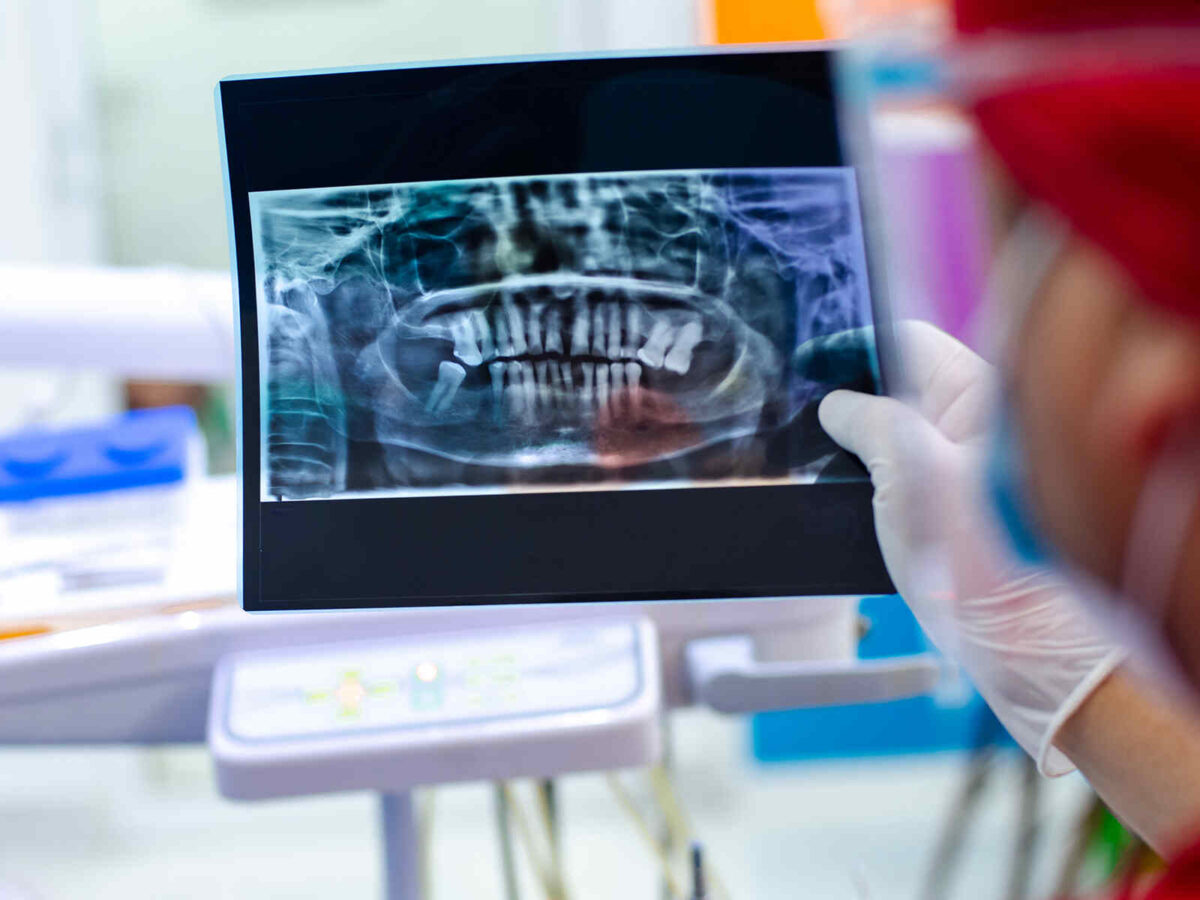Blog
Dental hygiene tips for healthy teeth & gums

Is It Safe For Someone With Dental Implants To Go For MRI Scans?
Magnetic Resonance Imaging (MRI) is a powerful diagnostic tool for creating detailed images of organs and tissues. For people with dental implants, the query often arises: “Is it safe for a person with dental implants to move for MRI scans?” Understanding the results of MRI with dental implants is critical to ensure the protection of the teeth. Let us know more about the same in this article.
Understanding MRI and Dental Implants
What is an MRI?
An MRI uses strong magnetic fields and radio waves to generate images of the body’s internal structures. Unlike X-rays or CT scans, MRI does not use ionizing radiation, making it a safer option for many patients. The detailed images produced by MRI scans are invaluable in diagnosing and monitoring a wide range of medical conditions.
What are Dental Implants?
An implant is an artificial root made of metals such as titanium that is placed into the jawbone beneath your gums. Once in place, it enables dentists to fix replacement teeth on dentures. Implants are usually manufactured from titanium, a material that is not alien to the body tissues and easily attaches itself to the bones.
MRI with Dental Implants: Safety Considerations
Magnetic Interference
The primary concern with MRI and dental implants is the magnetic field used during the scan. Because dental implants contain metal, there is a potential risk of magnetic interference. Titanium, the metal commonly used in dental implants, is non-ferromagnetic, meaning it is not attracted to magnets. This significantly reduces the risk of implants moving or heating up during an MRI scan.
MRI Compatibility
Modern dental implants are designed with MRI compatibility in mind. Most dental implants are labeled as “MRI safe” or “MRI conditional,” meaning they have been tested and found to pose no significant risk during MRI procedures. However, it is crucial to inform your healthcare provider about your dental implants before undergoing an MRI.
Potential Risks
Although the risk is minimal, there are still potential issues to be aware of when considering an MRI with dental implants. In rare cases, metal artifacts from implants can distort MRI images, potentially affecting the accuracy of the scan. Additionally, while titanium implants are generally safe, other dental work, such as metal crowns or bridges, may pose a higher risk and require additional precautions.
Precautions and Preparations
Informing Your Healthcare Provider
Always inform your healthcare provider and the MRI technician about your dental implants. This information is crucial for them to adjust the MRI settings and ensure your safety. They may use different imaging techniques or sequences to minimize any potential interference from the implants.
Scanning Techniques
Radiologists can use specific MRI sequences and settings to mitigate the risk of image distortion. These techniques reduce artifacts and improve the clarity of the image. If the MRI is deemed unsuitable, alternative imaging methods, such as CT scans, may be recommended in some cases.
Regular Check-Ups
Regular dental check-ups are essential for maintaining the integrity of your dental implants. During these visits, inform your dentist about any upcoming MRI scans so they can assess the condition of your implants and provide any necessary documentation for your medical records.
Conclusion
Is it safe for a patient who has gotten dental implants to undergo MRI scans? In most of these situations, the answer is, therefore, yes. Current dental implants are created to work well with MRI scans and the dangers connected to them. However, it is advisable to discuss with your doctor and let them know that you have an implant to avoid any incident.
With the awareness of further concerns relevant to MRI with dental implants, one can make proper choices for one’s health care. Concisely, MRI scans are safe, providing that one is informed and mindful in the process, and they will continue to provide tremendous value, as demonstrated by the imaging advancements in the past years.
MRI scans play a very significant role in the diagnosis of patients’ conditions, and dental implants should not in any way prevent an individual from getting the proper treatment they need. You should always take necessary measures as well as consult with the healthcare provider to understand the process and make all the necessary changes to be able to go under the scan safely.


